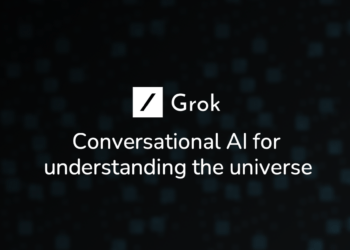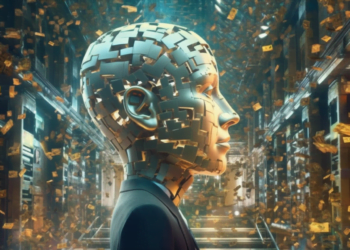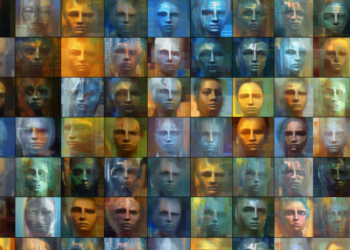Machine learning (ML), a groundbreaking subdivision of artificial intelligence (AI), relies on algorithms and statistical models to endow machines with the ability to “learn” from patterns and empirical data, without being explicitly programmed to perform specific tasks. This computational paradigm is rooted in three fundamental pillars: theoretical knowledge in mathematics and statistics, algorithmic ingenuity, and computational processing power.
Supervised and Unsupervised Learning
Supervised learning is characterized by its use of labeled data sets to train algorithms capable of classification or regression. Models such as artificial neural networks (ANNs), support vector machines (SVMs), and decision trees exemplify this category. A significant advancement in this area is the method of “deep learning,” which employs multi-layer neural networks (deep neural networks, DNNs) to extract high-level features from input data.
On the other hand, unsupervised learning operates with unlabeled data, seeking intrinsic patterns or natural groupings. Algorithms such as k-means for clustering, and competitive neural networks, are notable for determining hidden structures in uncategorized data.
Neural Networks: From Perception to Deep Cognition
Artificial neural networks mimic the learning processes of the human brain, through interconnected neurons working in symbiosis to solve complex problems. The basic computing unit in a neural network is the perceptron, which, by weighing inputs and applying an activation function, produces an output that can be compared with a desired value.
The transition to deep neural networks (DNNs) has marked a turning point in AI. With the addition of hidden layers, DNNs are able to characterize complex nonlinear functions. Innovations in activation functions, such as the rectified linear unit (ReLU), have significantly enhanced the efficiency in training these networks.
Optimization: The Quest for the Optimal Objective Function
Optimization in ML is the process of adjusting a model’s parameters to minimize or maximize an objective function. Gradient descent, and its variants like stochastic gradient descent (SGD), enable the iterative updating of parameters towards the minimum of a cost function.
A notable advance is the use of adaptive optimizers such as Adam or RMSprop, which adjust learning rates individually for each parameter, improving the model’s convergence toward the optimum.
Regularization and Generalization
A primary challenge in ML is overfitting, where a model memorizes the training data, reducing its ability to generalize to new data. Regularization techniques like Dropout and Early Stopping are crucial in preventing this phenomenon, by inhibiting network weights from assuming extremely high values and promoting generalization.
Reinforcement Learning
Reinforcement Learning (RL) is a learning approach where agents make decisions in an environment to maximize some notion of cumulative reward. This paradigm has led to impressive achievements, such as the development of systems that master complex strategy games. Innovations in RL include policy gradient-based improvement methods and the application of deep networks, as in the case of Deep Q-Networks (DQN).
Emerging Applications
With substantial advances in theory and algorithms, the practical applications of ML have reached realms previously unimaginable. Autonomous driving, AI-assisted medical diagnosis, automatic translation systems, and virtual personal assistants are just the tip of the iceberg of emergent capabilities enabled by AI.
In biomedicine, for example, ML is advancing the development of personalized treatments, using algorithms to model how an individual patient will react to different treatments, based on their genomics and other biomedical factors. This approach is at the forefront of precision medicine, with the potential to radically transform healthcare.
Future Directions
Looking towards AI’s horizon, it is essential to discuss generative adversarial networks (GANs), a class of algorithms in machine learning where two neural networks compete, enabling the creation of highly realistic synthetic content. Meanwhile, the emergence of explainable AI seeks to open the “black box” of neural networks, demanding models that are not only accurate but also interpretable.
Natural Language Processing (NLP), particularly with the evolution of language models like GPT-3, is another progressive vector, accelerating tasks such as automatic summarization, language generation, and speech comprehension at previously unattainable scales.
In conclusion, the sphere of machine learning is a dynamic amalgam of mathematical theory, algorithmic experimentation, and pragmatic applications. It embodies the melding of human knowledge with computational prowess, an ever-expanding field of study, leading us towards a horizon where AI is simultaneously powerful and palpable in its relevance for solving real-world problems.






















